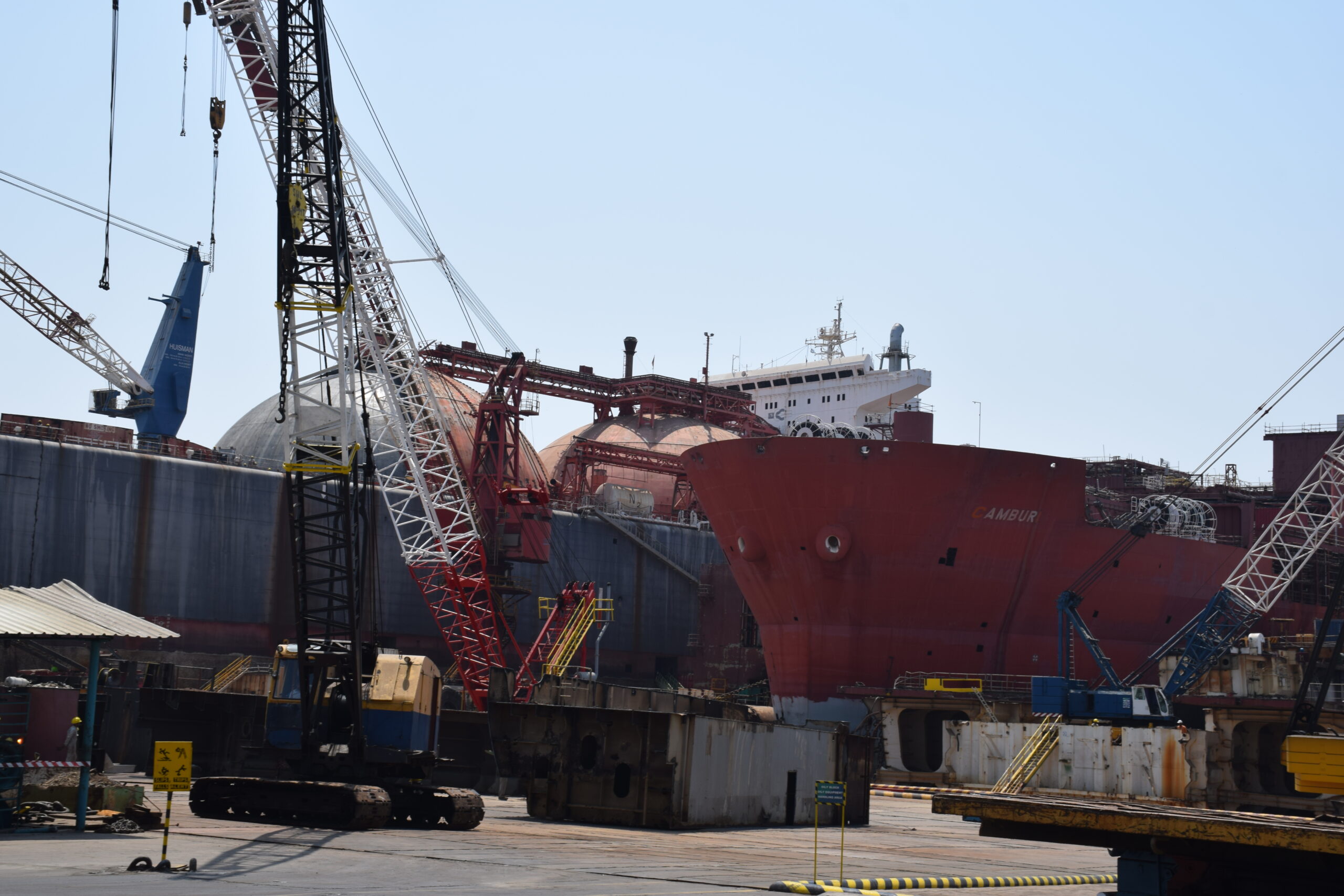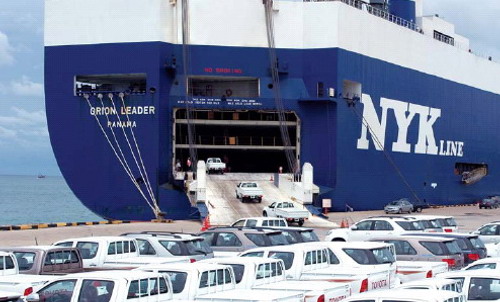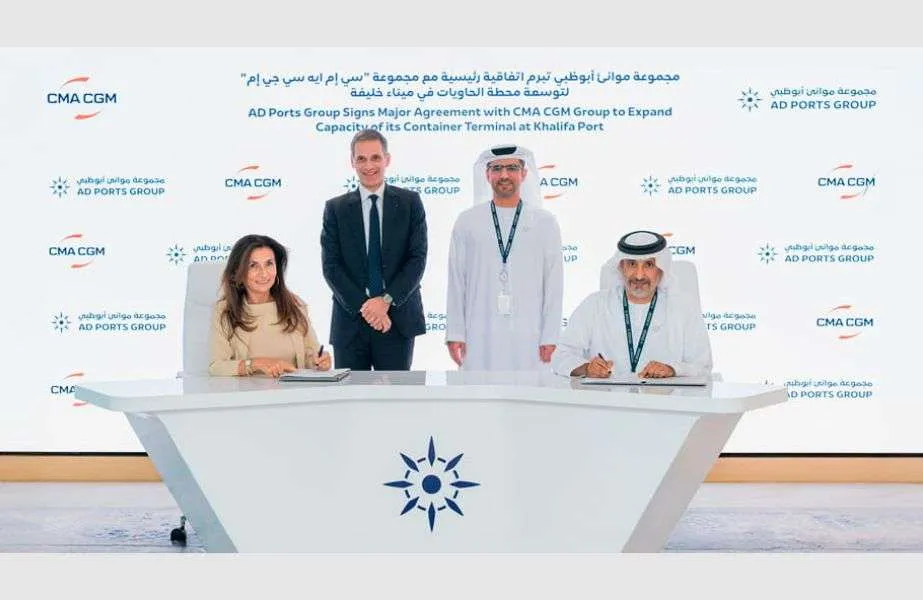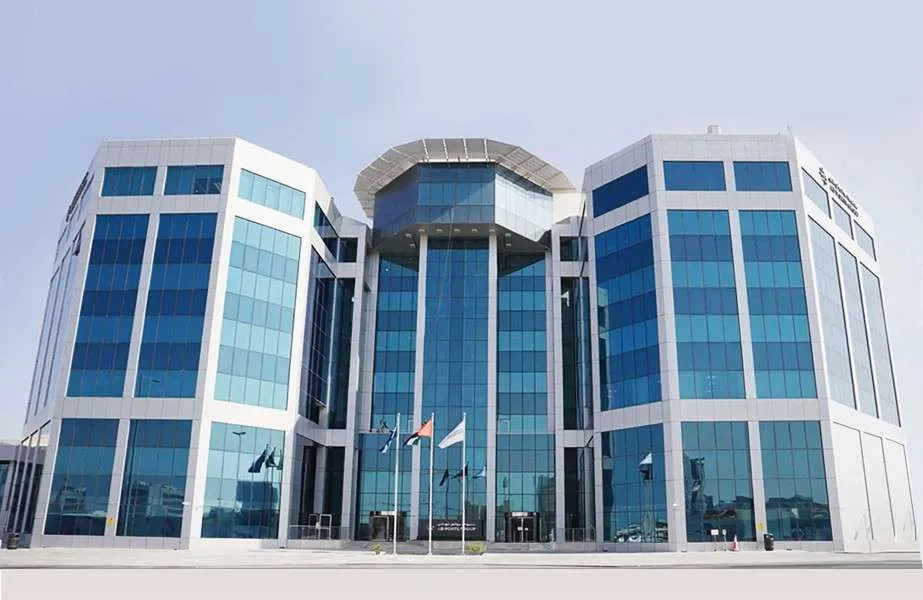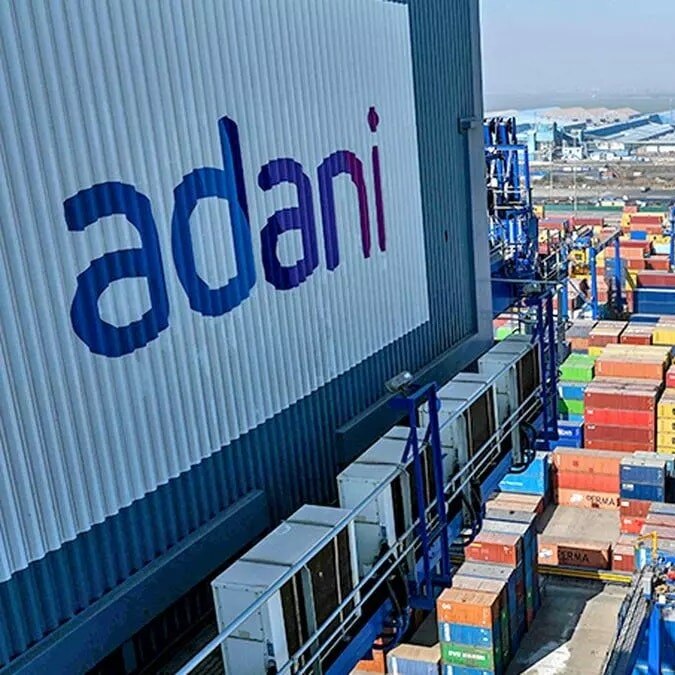ISO Holds First-Ever Ports and Terminals Standards Meeting in China: Signalling Global Shift Toward Unified Maritime Practices
Shanghai, November 1, 2025 : The Subcommittee on Ports and Terminals of the International Organisation for Standardisation (ISO), known as ISO/TC 8/SC 27, convened its first official meeting in Shanghai, marking a historic milestone in the global standardisation of port and terminal operations. Hosted by Shanghai Zhenhua Heavy Industries Co., Ltd. (ZPMC), the event brought together over 150 experts and delegates from around the world, marking a new phase of international cooperation in maritime infrastructure and logistics.
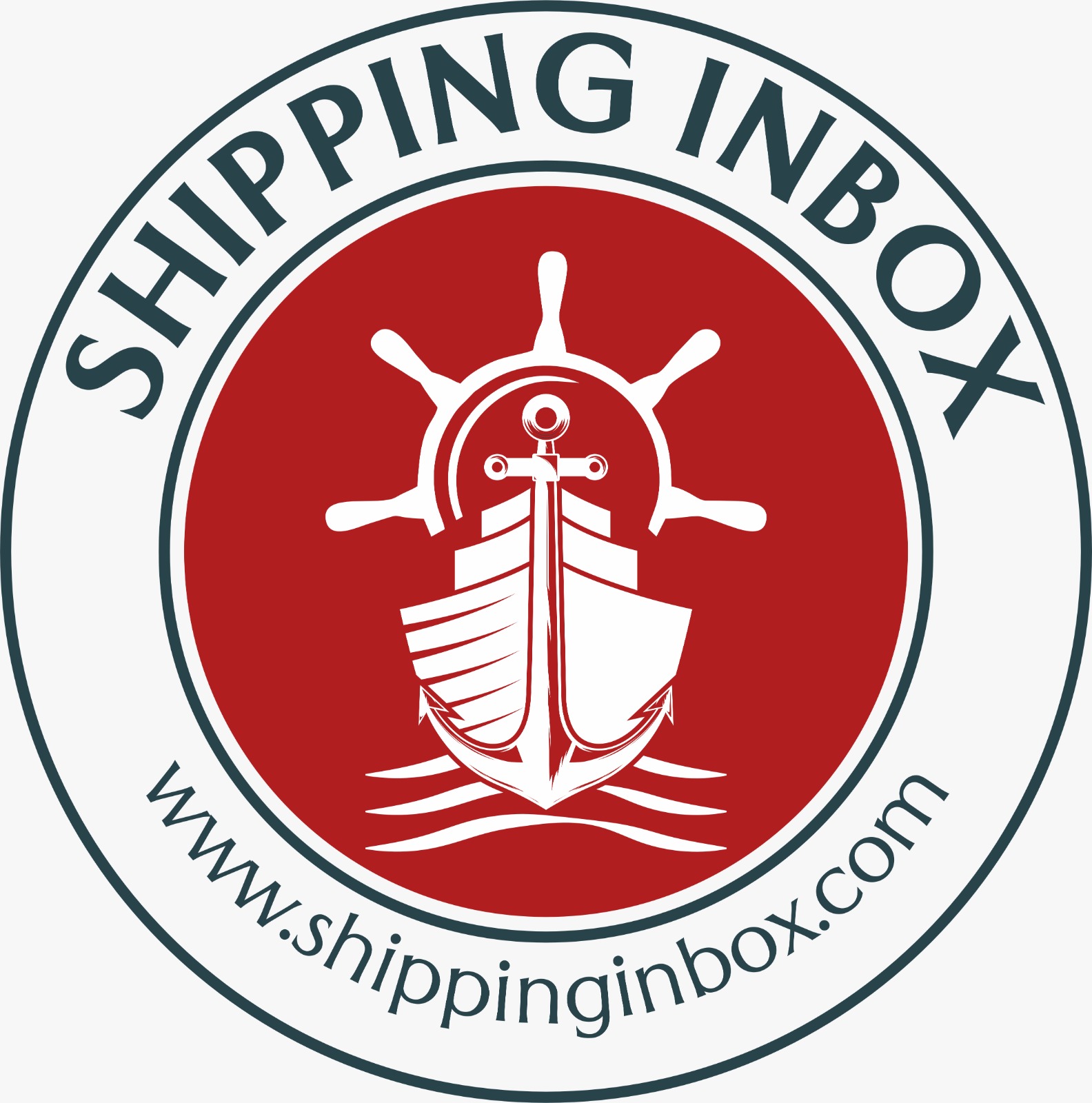
The meeting, held over three days at ZPMC’s headquarters and facilities, represents the first time that the ISO’s Technical Committee on Ships and Marine Technology has created a dedicated subcommittee focused solely on ports and terminals. The formation of ISO/TC 8/SC 27, officially approved in early 2025, was initiated by China and endorsed by 24 participating and 24 observing member countries, reflecting widespread recognition of the need for unified technical and operational standards in a sector that underpins more than 80 per cent of global trade.
China’s growing influence in the maritime industry has been underscored by its leadership role in the subcommittee. As the lead organisation, ZPMC—one of the world’s largest port equipment manufacturers—has been instrumental in aligning Chinese innovations with international best practices.
In a statement, ZPMC emphasised its commitment to “sharing Chinese technological approaches” and “promoting international recognition of Chinese standards.” Over the past decade, ZPMC has not only revolutionised port automation and container handling technologies but has also actively contributed to the drafting of eight international standards related to cranes and heavy port machinery.
“With ISO/TC 8/SC 27, we aim to contribute to the continuous improvement of global port efficiency, technological progress, and sustainable development,” ZPMC representatives said. “Standardisation will enhance safety, interoperability, and innovation across the world’s port systems.”
Industry experts are viewing the establishment of the subcommittee as a reflection of China’s strategic ambition to transition from a manufacturing powerhouse to a standard-setting leader in global maritime trade. It also underscores the increasing relevance of ports and terminals as critical nodes in the global logistics and supply chain network, where uniform standards can drive efficiency, safety, and environmental sustainability.
The inaugural meeting drew participants from 15 member countries, including major maritime nations such as China, France, Germany, Japan, Russia, South Korea, and the United States. Representatives from five major international port and terminal organisations also attended, lending the discussions both technical depth and industry-wide relevance.
The agenda included comprehensive reports from the subcommittee’s chair and secretariat, reviews of its strategic roadmap, and in-depth discussions on six proposed international standardisation projects. Among these were the development of unified terminology for ports and terminals—a foundational step toward ensuring global consistency in documentation, design, and operational communication.
Other proposed projects included frameworks for digital port management systems, environmental performance metrics, and standard designs for next-generation automated terminal equipment. Each proposal highlighted the increasing convergence between traditional port operations and emerging technologies such as automation, artificial intelligence, and green energy solutions.
Delegates emphasised that the standardisation of such technologies is crucial for ensuring compatibility between different nations’ port infrastructures and for facilitating seamless global trade flows.
In addition to formal sessions, the conference program included field visits that showcased China’s advanced port infrastructure and technological innovation. Participants toured ZPMC’s Changxing Shipyard—one of the world’s largest manufacturing bases for port machinery—and the Phase IV Automated Container Terminal at Yangshan Deep Water Port.
The Yangshan terminal, often cited as a model of smart port development, operates with minimal human intervention, using advanced automation systems for container loading, stacking, and dispatch. The visit offered delegates firsthand insights into how automation, data-driven systems, and green port technologies can be harmonised under standardised frameworks.
According to several attendees, the technical exchanges during these visits provided valuable real-world perspectives on how global standards could be applied to improve operational efficiency, safety, and environmental performance.
During the working sessions, the subcommittee outlined its strategic plan for the coming years. The roadmap includes developing foundational standards for port and terminal design, sustainability criteria, and interoperability frameworks to facilitate smart port integration worldwide.
Participants also discussed the role of ISO standards in addressing key global challenges such as carbon reduction, digital transformation, and supply chain resilience. Ports and terminals, as critical components of global trade infrastructure, face mounting pressure to adopt cleaner energy sources, reduce emissions, and strengthen cybersecurity in increasingly digitalised environments.
By establishing a dedicated subcommittee, ISO aims to ensure that ports worldwide adhere to harmonised standards that balance technological innovation with safety and environmental responsibility. The outcomes of these efforts could significantly influence how future ports are designed, built, and operated.
Experts believe that ISO/TC 8/SC 27 will become a vital platform for collaboration among governments, industry stakeholders, and research institutions. Its work will likely accelerate the development of standardised systems for automated cargo handling, green port certification, and digital port ecosystems—areas that are rapidly transforming the maritime industry.
“The establishment of this subcommittee marks a milestone in international maritime cooperation,” said one delegate from the European maritime sector. “Standardisation is not only about technology—it’s about building trust, interoperability, and sustainability across borders.”
For developing economies, participation in the standardisation process offers the opportunity to align with global benchmarks, enhance competitiveness, and attract foreign investment in port infrastructure. Meanwhile, for technologically advanced nations, the effort provides a platform to harmonise existing standards and avoid duplication, ensuring that innovations can be efficiently adopted worldwide.
The creation of ISO/TC 8/SC 27 reflects a broader global trend: the recognition that ports and terminals are no longer just logistical hubs but are becoming integrated digital ecosystems essential to international trade. As automation, artificial intelligence, and environmental stewardship redefine port operations, international standards will play a crucial role in ensuring that progress remains efficient, inclusive, and sustainable.
China’s leadership through ZPMC demonstrates its growing role as both a contributor and a bridge-builder in this transformation. The subcommittee’s work will not only standardise the physical and technological aspects of ports but also help shape a shared vision for the future of maritime logistics—one grounded in cooperation, innovation, and sustainability.
With the conclusion of its inaugural meeting in Shanghai, ISO/TC 8/SC 27 has set in motion a long-term effort to create a cohesive global framework for ports and terminals. Its work promises to strengthen international trade infrastructure, foster technological convergence, and promote a greener, more connected maritime world.
Author: shipping inbox
shipping and maritime related web portal





